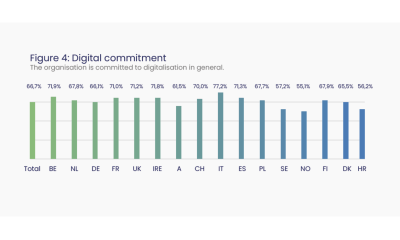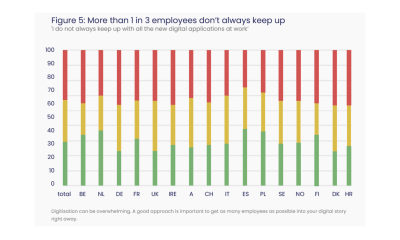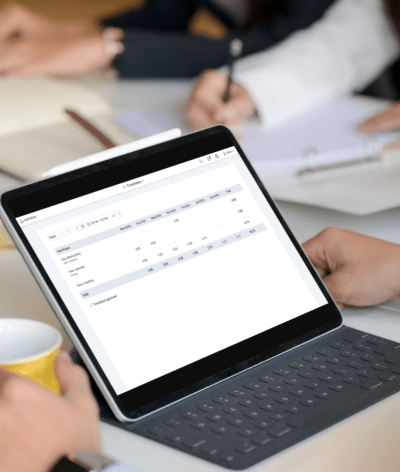‘Companies that digitalise experience an increase of up to 40% in their productivity,’ says Gille. ‘Provided you digitalise smartly, of course, and don’t tackle every process at once. Digitalisation requires adaptability from you and your employees.’
‘The digitisation process follows a set structure,’ Gille explains. ‘First, you map out and simplify your business processes. That also means you start eliminating what is unnecessary. Next, you start digitalising. What manual tasks can you automate, so that your employees have more time for more complex tasks? Thanks to digitalisation, you can have the same work carried out by fewer people, have the same number of people doing the same tasks and therefore remove work pressure, or you create opportunities for employees who want to take on additional responsibilities. In any case, the time freed up helps you work more efficiently.’





